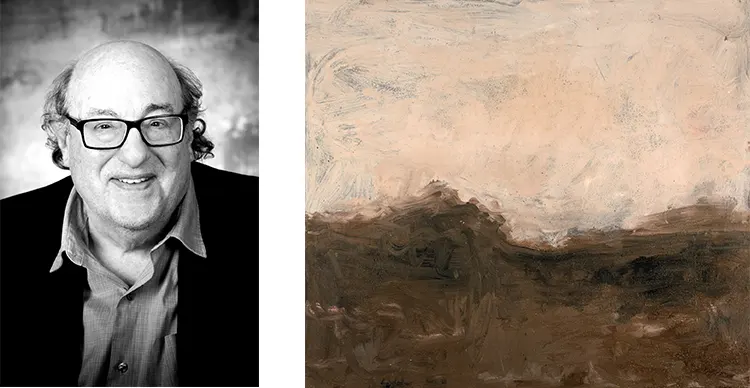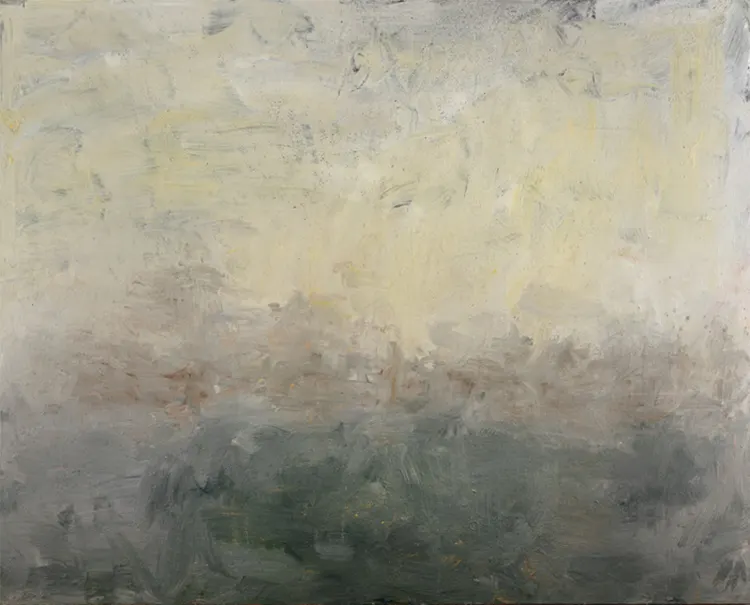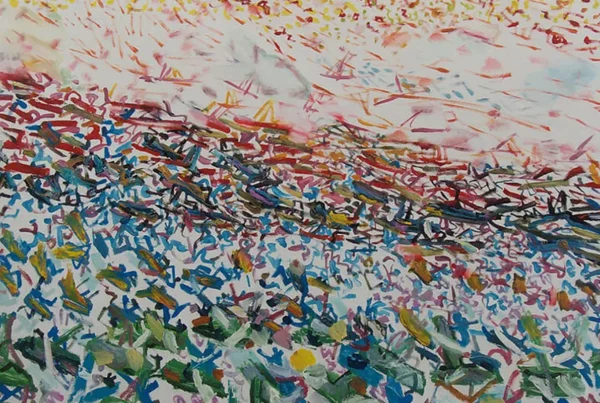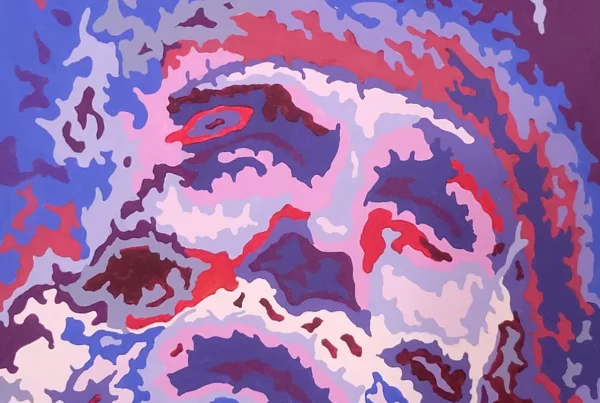“I felt a connection to art, space, and memory that remained with me.”
Shaping Creativity: From Pacific Roots to Vibrant New York Streets
Marc Aronson, amidst the serene and tranquil environment of the Pacific Northwest, found the initial strokes of his artistic journey. Born on the scenic Orcas Island in Washington State, the artist was surrounded by a realm of inspiration deeply rooted in the enchanting interplay of light, land, and distinct regional artistry. It was here, amidst lush landscapes and soothing palettes of nature, that Aronson began crafting his creative lens, allowing the aesthetic essence of his surroundings to permeate through his early works.
However, the evolution of Aronson’s style did not solely nestle within the comforting arms of his birthplace. In approximately 1972, the allure of the vibrant and pulsating heart of New York City beckoned, unraveling a new chapter in his artistic narrative. For 42 transformative years, Aronson allowed the city, with its dynamic life and the influence of contemporaneous artist friends, to weave into his artistic expressions. Particularly noteworthy was his scholarly venture into a doctorate at NYU around 1990, where an in-depth exploration into Richard Diebenkorn’s work illuminated new perspectives on surface mass development and the embodiment of internal light within a piece through persistent refinement.

Unveiling Layers: A Lifelong Dance with Abstract and Representational Art
In the gentle embrace of childhood, a pivotal moment at the tender age of five anchored Aronson’s connection to art, space, and memory, creating ripples that would course through his artistic future. A seemingly simple visit to the Seattle Art Museum, marked by a memorable interaction with the stone camels out front, unexpectedly carved a niche within him, igniting a spark that would eventually flourish into a career accentuated by contemplative abstraction in his style.
In recent explorations, Aronson has seamlessly married abstract fields with landscapes within his paintings, crafting a visual tapestry that gracefully navigates between the subdued, abstract, and at times, a more grounded representation of the land. The landscape, especially the encompassing theme of the horizon, emerges as a potent motif, mirroring the inspiration the artist has perennially drawn from the land. This thematic presence not only acts as a testament to his intrinsic bond with nature but also beautifully entwines with his continuous exploration between the realms of the abstract and the representational in his oeuvre.

The Artist’s Sanctuary: An Inside Glimpse into Marc Aronson’s Studio and Inspirations
Within the confinements of his studio, Marc Aronson curates a space where creation and introspection coalesce seamlessly. Good lighting cascades over the essential tools of his trade—canvas, oil paint, brushes, and iridescent pigment—while a thoughtfully arranged table acts as the steadfast supporter of his endeavors. The walls, adorned with reproductions and examples of his work, along with historical instances of art, become a silent guide and muse, whispering subtle influences as he paints. Books scattered about and the ambient companionship of the radio—providing melodies, baseball commentary, or traffic reports—assist in steering his focus towards the creative abyss.
Aronson’s work is not isolated from the footprints of historical artists; it converses with their legacy. Names like Richard Diebenkorn, J. M. W. Turner, Frederic Edwin Church, Mark Rothko, and R. Crumb echo within the corridors of his creative processes, guiding and challenging his artistic perceptions. Particularly, Mark Rothko’s “Red on Maroon” (1959) mirrors the conceptual corridors that Aronson treads—those of contemplative abstract spaces and a subtly illuminated world created through meticulous layers and reworking of paint.

A Palette of Dreams and Projects: Experimentation and Future Aspirations in Aronson’s Artistry
In the infancy of his professional painting career, Aronson’s brush flirted with various mediums, yet found a profound resonance with the myriad qualities of oil paint. The artist admired its inclusive palette of commercially available colors and its welcoming nature towards additional pigments, such as metallic and iridescent. Furthermore, its patient drying nature invited a seamless blending and reworking of elements—attributes that, in his perspective, offered a distinctive advantage over acrylics.
Peering into the future, Aronson harbors a dream, meticulously nurtured over a year, to complete a body of approximately twelve paintings that echo the luminescent continuum of the Pacific Northwest’s landscape. This project, reflecting a harmonious confluence of his artistic past and present, is not merely a display of technique and theme. Rather, it weaves a narrative through his life’s journey, illuminated by a plethora of experiences and influences, ultimately crafting a tapestry that is simultaneously a retrospective and a bold stride into the future. This alignment of past influences and future aspirations positions his work within a beautifully complex intersection, ensuring a perpetually evolving dialogue within his creations.






